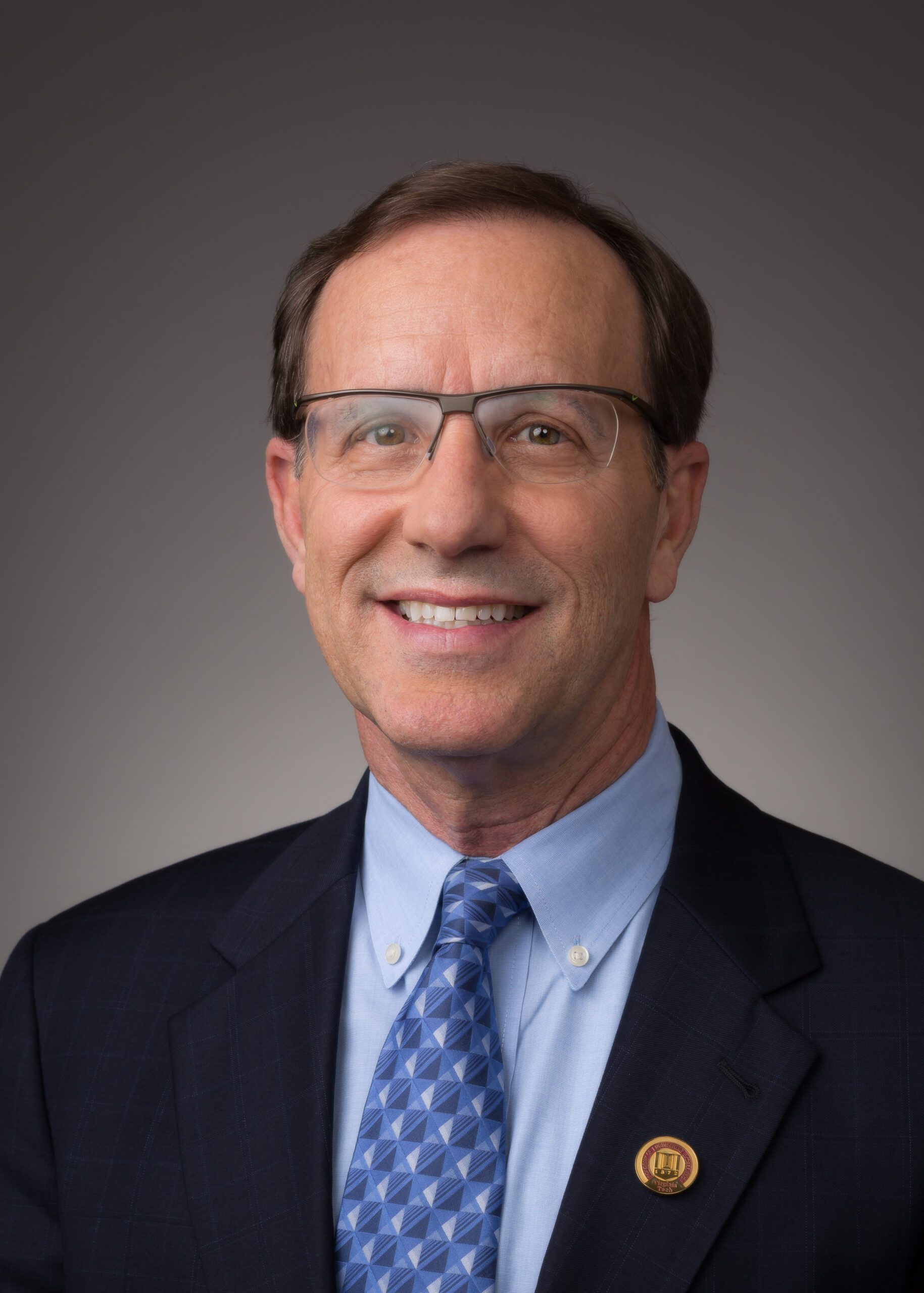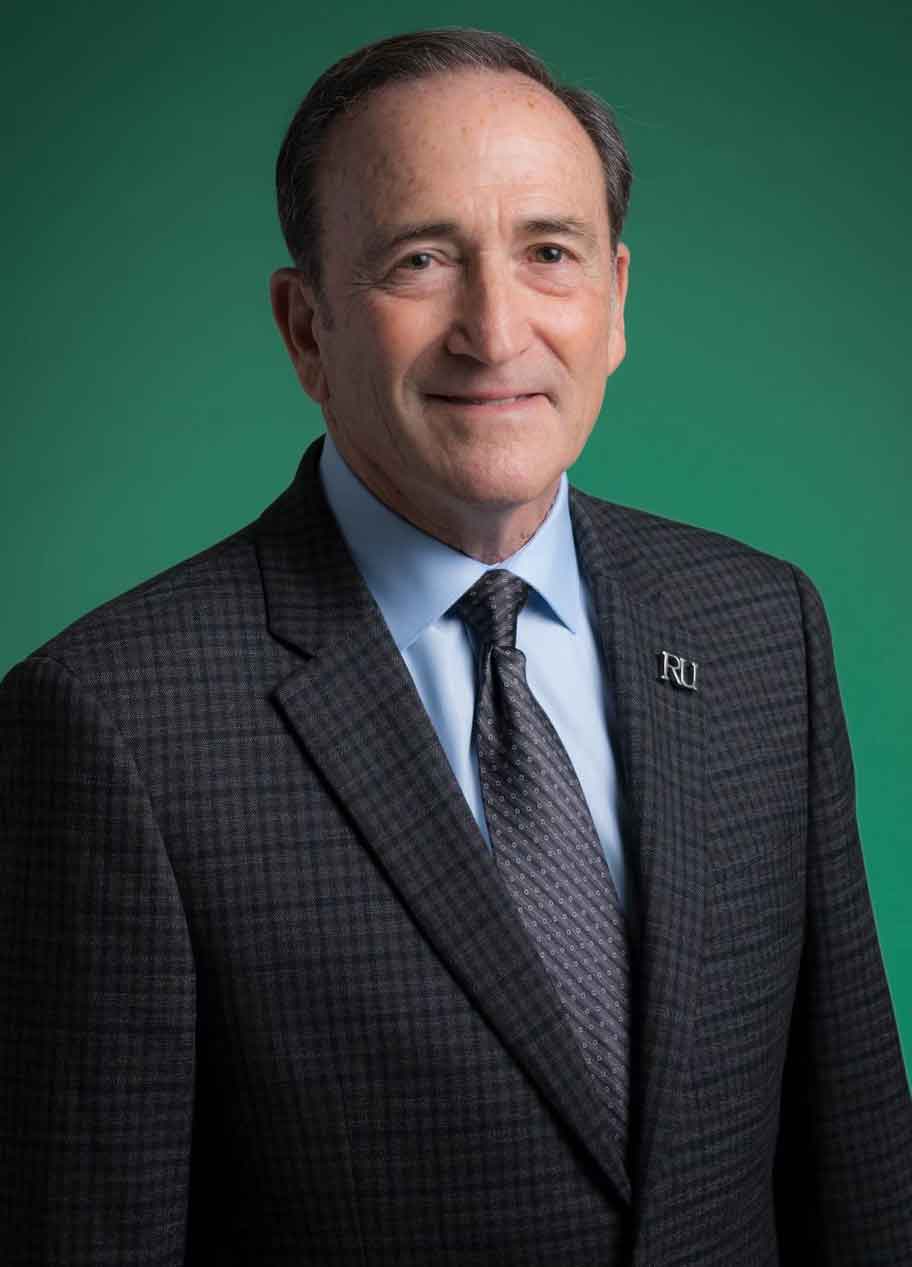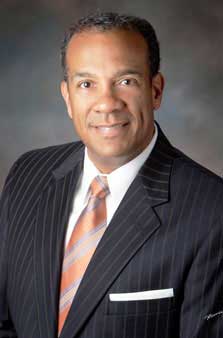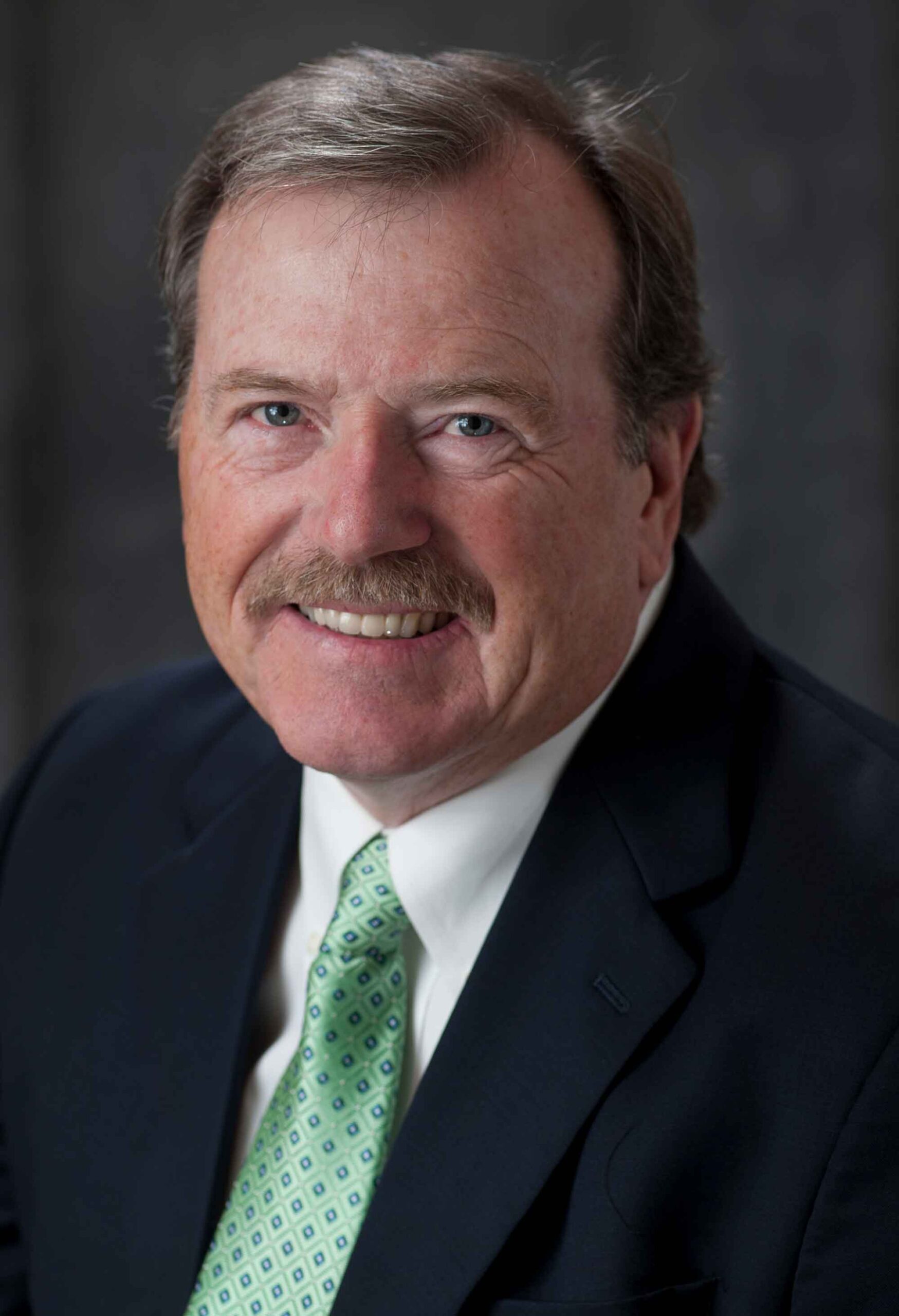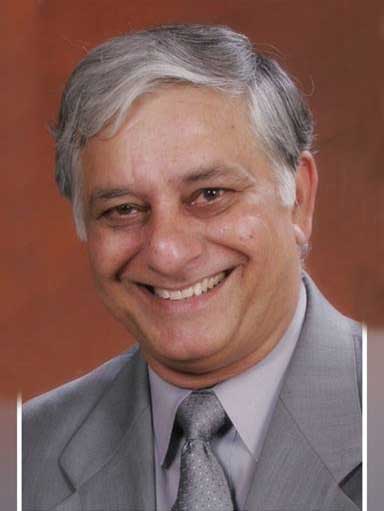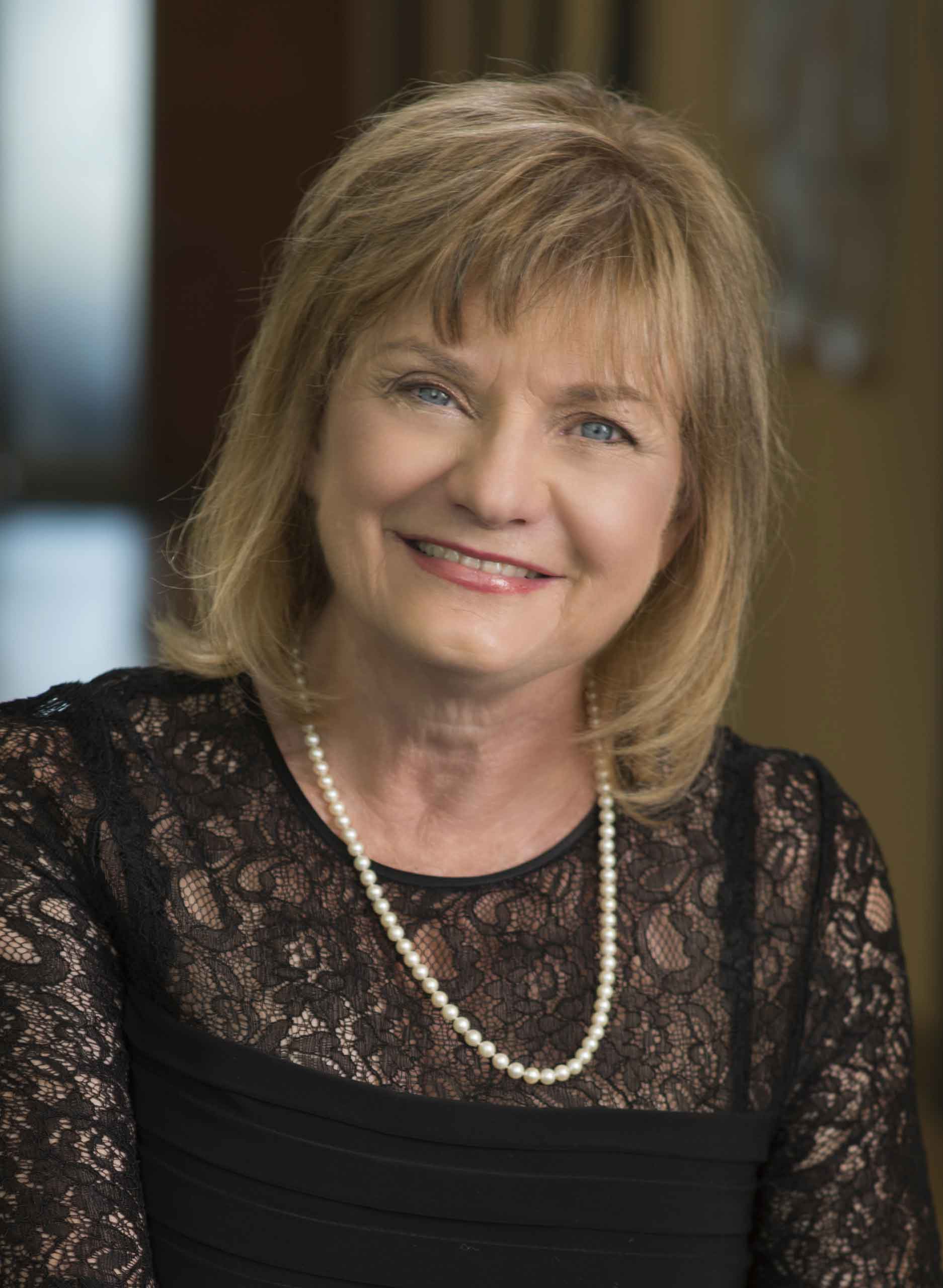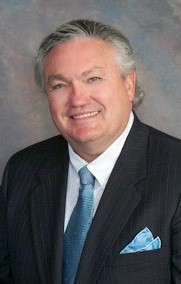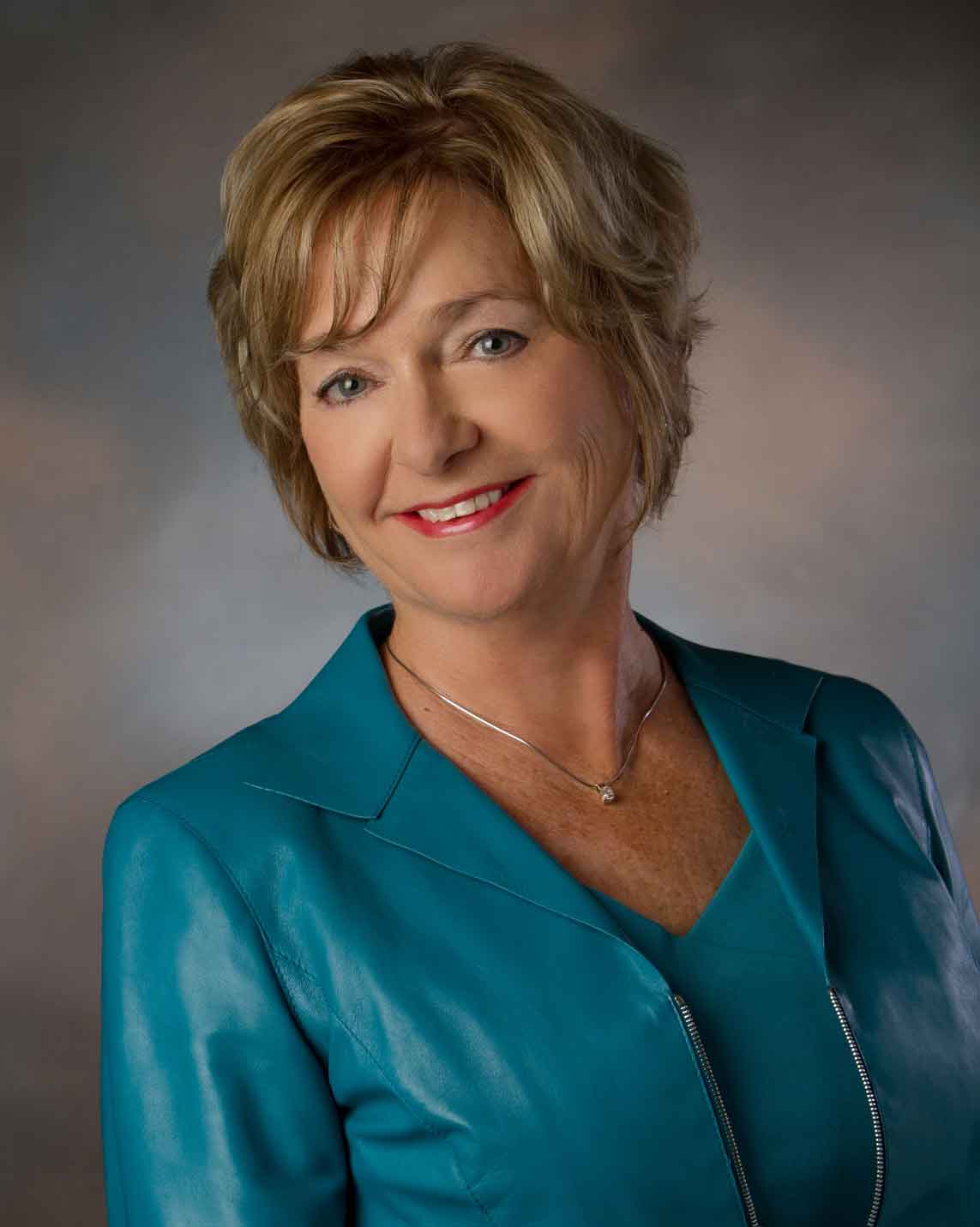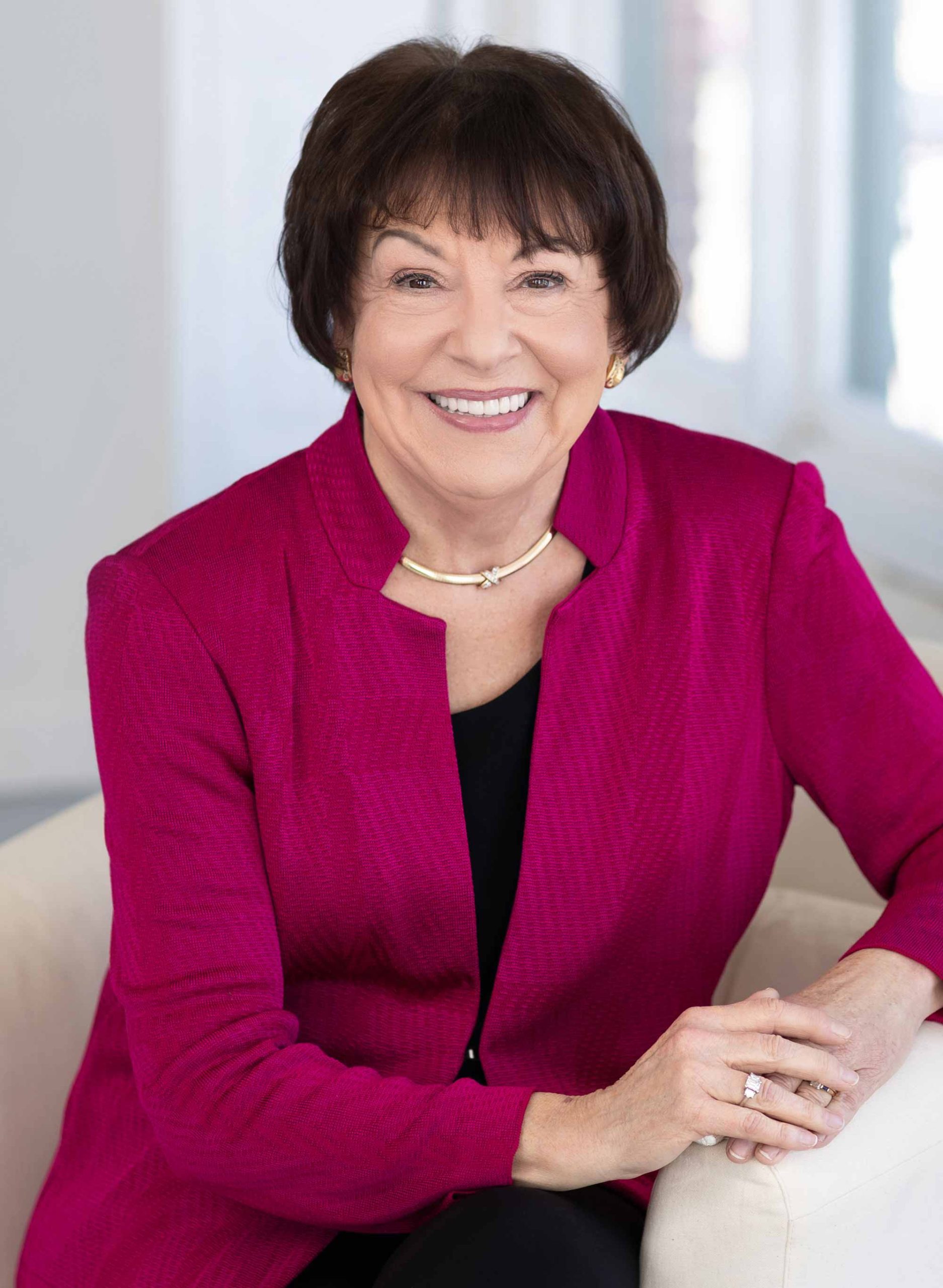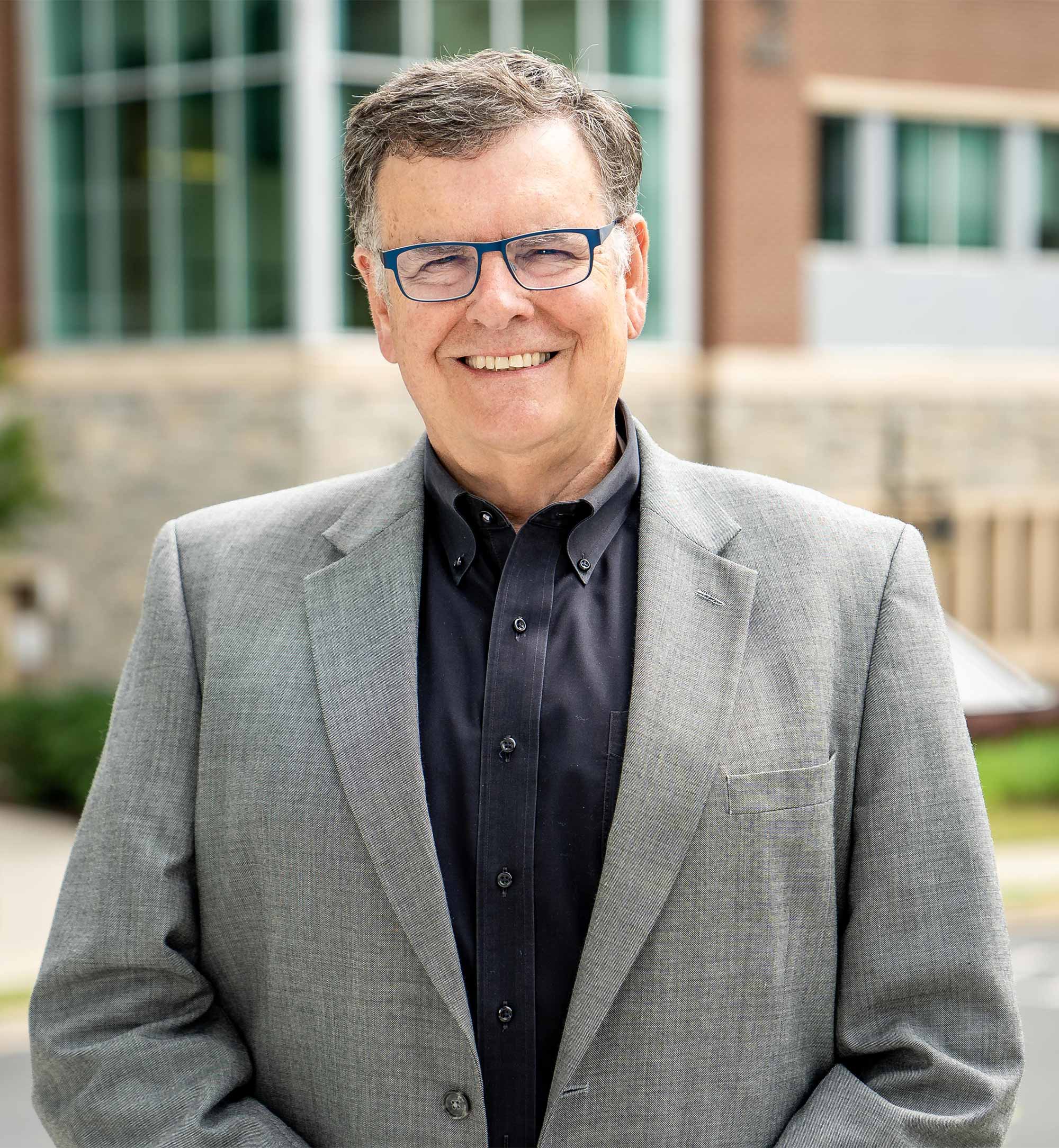Cynda Ann Johnson was born in a little Kansas farming town in 1951. Her father worked as a railroad telegraph operator, and her earliest memories were of living at train stations. “They had these little towers in rural places in Kansas. My mother and I would trot along with him, and each tower had a little apartment,” she said. Cynda never had a job in her youth but worked hard to keep up her grades as a top student. Cynda describes herself as a “self-starter from the age of two”.
Cynda graduated first in her high school class of six hundred twenty-nine students in Johnson County KS. Cynda’s CDC internship was her first real job upon graduation from high school – she studied perpetual Hela cells of Henrietta Lacks. She obtained a full scholarship to Stanford University and pursued a major in German with a specialty in old Germanic language and German expressionist drama for fun. Throughout middle and high school she liked the construction of language. She heard other women in the dorm talking about premed, and it piqued her interest. “One night, on my way home from the Stanford library, I called my parents and I said, ‘I think I’m going to be a doctor and go to medical school.’ And they said, ‘That would be very nice, Cynda. You just do whatever you want to do.’ And I said, ‘OK. Good.’”
Johnson had met but one doctor, the one her mom took her to when she wasn’t well. But she figured out from asking the other students what classes she would need to take, and when she graduated, she had a second major in biology. Cynda had secured the Aid Association for Lutherans All-College Scholarship for her entire four years at Stanford.
She then got into medical school at UCLA. The early days in med school- sort of felt like startups/entrepreneurship when she shepherded both adapting to med school concepts and then merging into the VTCSOM. Cynda started her residency in 1977 and upon completion of that step she was on the faculty right away as the interim chair at University of Kansas. Coinciding with this faculty position she was finishing a teaching fellowship in North Carolina that required research and commuting south to be on campus 3-4 times a year.
She raised two sons, with her husband Bruce, and were both always on call at the University of Kansas medical faculty She was an obstetrician and served as chair of the family medicine department. Cynda delivered someone else’s baby the day before she delivered both of hers and then three days later. She and her husband both took a departure from their normal routines and went to England on a sabbatical for a year from 1988-89 to write lots of papers for promotion and conducted several projects. Cynda researched areas of women in medicine—careers of women physicians in England and they did a large project on married doctor couples. Bruce did that with Cynda and worked in a district hospital doing geriatrics. Their boys went to St. Neots’, which turned 100 while they were students there. It was across the forest from the house they lived in, so every school day they would walk the boys through the Bramhall Forest in their wellies. The couple decided that when their sons graduated from high school they’d embark on the next phase of their careers.
Beginning in 1999, Johnson became professor and head of the Department of Family Medicine at the University of Iowa Roy J. and Lucille A. Carver College of Medicine. She was also director of the University of Iowa Family Care Center, the clinical site for family medicine, general medicine, and pediatrics. At her six-month review, the dean and CEO said she should think about being a dean. “I was really, like, what? Nationally, I was known. I was the first woman president of the American Board of Family Medicine and eventually of the American Board of Medical Specialties,” she said, but she hadn’t thought of heading a medical school.
They groomed her with increasing leadership roles, and when a job came open in 2003 at East Carolina University Brody School of Medicine, Johnson was ready. “I liked being a dean for the faculty and students, but the boss created an environment that was really tough on me.” acknowledging that her gender played a role, but adding that others found him challenging, too.
In 2006, she was appointed a vice chancellor for clinical and translational research and developed ECU’s Center for Health Disparities Research. Dr. Ralph Whatley, a senior vice president at Carilion Clinic, was Johnson’s chair of medicine at ECU. “He said, ‘You know what? I went to this place for an interview, and they are going to start a medical school, and I think you would like that. I told them I knew you, and they’d like you.’ That I had done the year of working for the research division was very appealing to Virginia Tech, and my clinic experience was appealing to Carilion,” she said.
Roanoke’s medical community was in turmoil over Carilion’s decision to transform from a hospital system with family practices into a clinic, like Mayo’s and Cleveland’s, that would integrate patient care into teams that would offer specialties and subspecialties. Carilion lacked a major component: a medical school. Roanoke didn’t even have a university within the city’s limits. Virginia Tech’s then-president Charles Steger, wanted to break into the biomedical field. Then-Carilion CEO Ed Murphy needed an academic partner. Together they decided to build a medical school that would require students to tackle research and would train them to work as a team with every other type of health care provider. What they wanted hadn’t been done in the United States.
In January 2007, Carilion Clinic, Virginia Tech, and the governor of Virginia announced plans for the Virginia Tech Carilion School of Medicine and Research Institute. In November of that year, Carilion Clinic and Virginia Tech announced that Johnson would be the school’s founding dean. One of Johnson’s first meetings was with Carilion Clinic physicians. “After I gave my talk I said, ‘So who is kind of interested in this?’ And I basically looked at a room of blank faces. I thought, ‘Oh, dear, I’ve got a lot of work to do.’” Johnson hadn’t thought faculty recruitment would be tough. “It hadn’t occurred to me that there were going to be all these physicians, who are good docs, but either chose purposefully or neutrally not to work at a medical school. So, they didn’t come here at that time to become part of the medical school,” she said. Now they come because of it.
Choosing the right people to work with in Roanoke was key, she said. “Honestly, it was hard,” Johnson said. “But we did it by knowing where we were going and having a mission statement and living with it. And knowing what our four domains were — basic science, clinical science, research and the interprofessional piece — and not getting swayed and wooed by too many good ideas.”
One of the first people brought on was Mike Friedlander to create the companion research center. “To have us co-locate and collaborate, we could both put our energy into fully developing our area of expertise on parallel tracks moving bigger, better, faster, and always dovetailing. That model turned out well,” she said. Johnson said she talked with so many groups and realized early on that if she didn’t want to be looking at blank faces, she needed to start by explaining how doctors are trained and what the school could do for the community. “I knew I needed Roanoke, and I wanted them to see this as their school and embrace it because it could be good for everybody,” Johnson said.
The research institute quickly filled. Construction on another building that will double its size is underway and will serve as an anchor for Tech’s health sciences campus, which is expected to bring more programs and hundreds of students and faculty to Roanoke. The medical school opted not to increase its class size until more researchers are in place. Johnson early on created a master plan in public health for Virginia Tech to form tracks for veterinary medicine and one for the medical school. Over the years, medical students have said their experiences learning and working alongside nursing, therapy and EMT students on team projects differ from anything they would have gotten elsewhere.
The idea is that each discipline brings unique skills, and that collaborating on care means patients benefit. VTC has used a team approach, too, in selecting its students. The school invites community members to help select candidates with the potential to be thought leaders. “I always wonder: If I was the same person, and it is now, would I have figured out how to do the right things, to do the right preparation. Because I didn’t have any of the types of preparation our students have now,” Johnson said. “So, I have a serious interest in diversity of our students. Diversity of knowledge and diversity of experiences can be so good.”
Fewer than two years after her arrival, the school welcomed its first class on August 2, 2010, and received full accreditation without citations by the Liaison Committee for Medical Education after the charter class graduated in May 2014. Past medical school concepts were pass/fail problem-based curriculums – the new school had groups of seven students learn together – rewarded students for supporting each other. Every student entered a residency program, one measure of a school’s quality.
During her tenure, five classes of students have graduated; each class has exceeded the national mean score on Step 1 and Step 2 licensing exams and has earned a 100 percent match rate to residency programs.
The school received more than 1,600 applications for its charter class; in each of the last four years, it received more than 4,000 applications for just 42 spots. This past summer there were 4,400 applicants.
VTCSOM was an independently accredited private school; July 1, 2018, it became integrated into Virginia Tech as the university’s ninth college with Carilion Clinic as a partner providing faculty and the clinical experience for students, making this the right jumping-off spot for Johnson 67 to retire. “It’s really great timing for myself and for the next person and for recruiting a new dean because they just have a world of opportunities to look anew at being part of Virginia Tech and what that could mean,” she said.
“Not too many people these days can say they built a medical school from the ground up, particularly one with such a stellar reputation,” offered Nancy Howell Agee, President, and CEO of Carilion Clinic, who was part of the hiring committee that selected Johnson. “We knew we needed someone special for the job, and Cynda surpassed expectations — not only ours, but the community’s — at every step of the way.” Thanks to Cynda’s tireless work, the Virginia Tech Carilion School of Medicine is one of the top research-intensive medical schools in the country,” said Timothy Sands, president of Virginia Tech.
When Johnson was hired as dean, the intent was for the school to have a five-year curriculum to allow a year for dedicated research. Johnson advocated that students could incorporate an intensive focus on research in a four-year curriculum to reduce the time and cost to earn a degree. As evidence of the value of this research-intensive program, from 2014 to 2017 – which encompasses four graduating classes of 160 students – VTCSOM students authored 58 publications. During the same time span, more than 250 VTCSOM students gave research presentations at regional, national, and international conferences.
Johnson is also credited with establishing the first Department of Interprofessional within U.S. medical schools. As part of the core curriculum, students take classes and learn with other health professional students – in such disciplines as nursing, physician assistant, occupational therapy, and EMT/paramedic, among others – in all four years of the curriculum. The goal is for students to learn how to work best as a health care team to improve patient outcomes.
“One of the amazing things about starting a new school was we could look at the trends and see what the next generation of physicians will need to be successful, such as training in interprofessional and research to improve patient outcomes and build the curriculum to meet those needs. That is harder to do in well-established schools,” said Johnson. “We also built the curriculum to remain flexible so we can continually adapt and ensure we can meet our mission to develop the next generation of physician thought leaders.”
Cynda’s knowledge was well served as a board member of the following entities: Carilion Medical Center, Friendship Retirement Community, Roanoke Valley Sister Cities, Roanoke Regional Chamber, Hollins University President’s Advisory Board, and the University of Kansas School of Medicine Deans Advisory Board. Past president of the American Board of Family Practice (now Family Medicine) and the American Board of Medical Specialties. Johnson serves on professional boards, including the AAMC Group on Student Affairs Steering Committee; the AMA Section on Medical Schools Governing Council; the Commonwealth Health Research Board.
Dr. Cynda Johnson was inducted into the Southwest Virginia Business Hall of Fame in 2019.

